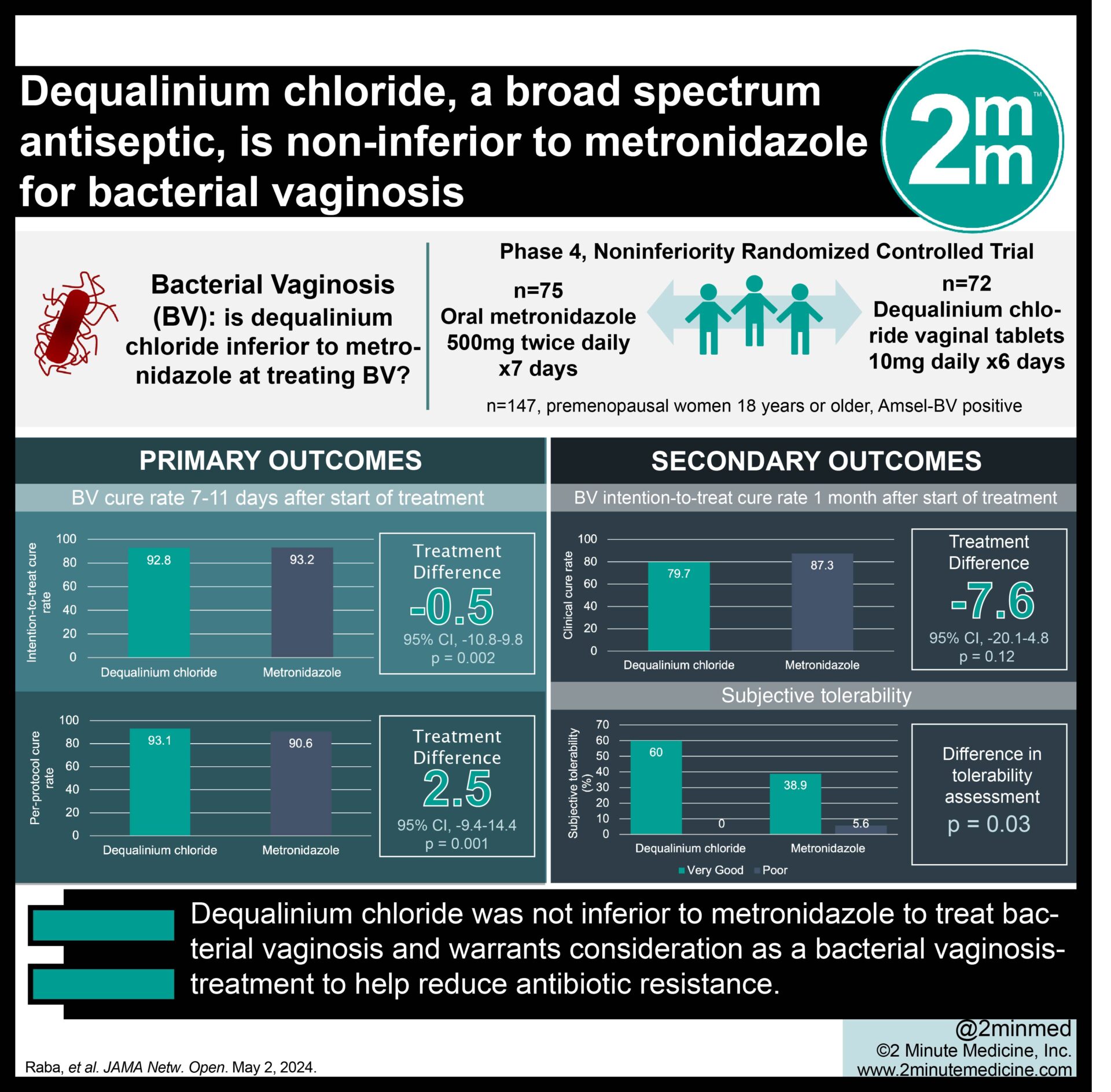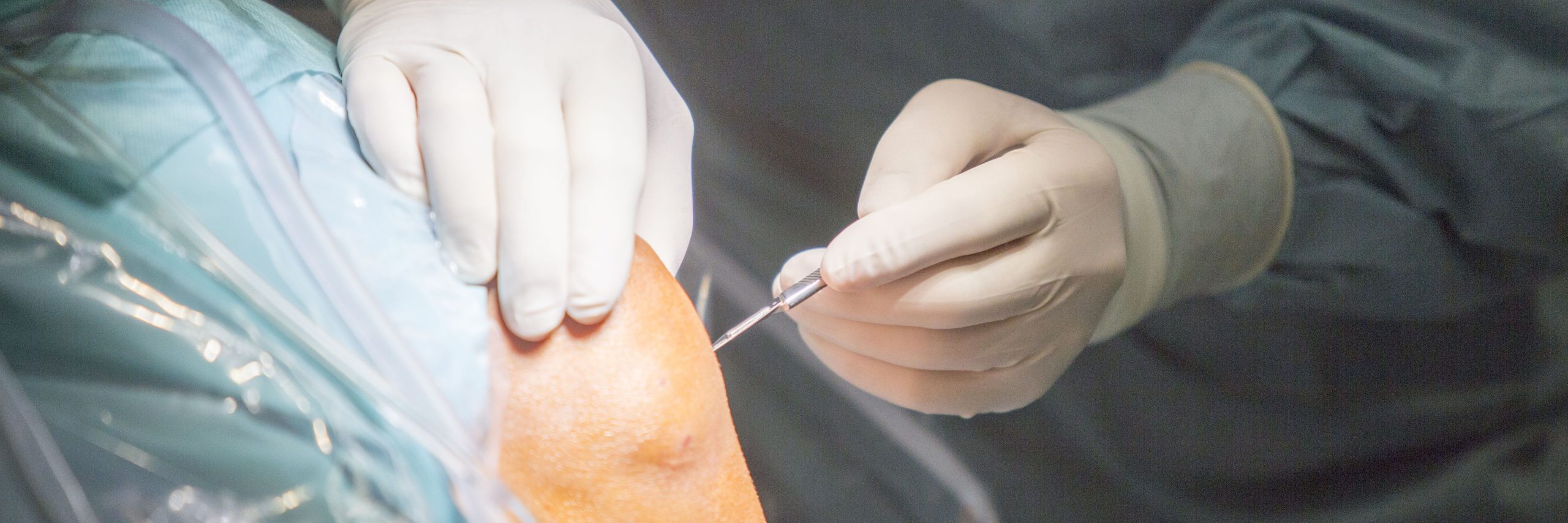Photo Credit: Silver Place
The following is a summary of “A Randomized Controlled Phase 2 Dose-Finding Trial to Evaluate the Efficacy and Safety of Camostat in the Treatment of Painful Chronic Pancreatitis: The TACTIC Study,” published in the April 2024 issue of Gastroenterology by Hart, et al.
Chronic pancreatitis (CP) is characterized by an abdominal pain syndrome that significantly impacts quality of life. For a study, researchers sought to evaluate the efficacy and safety of camostat, an oral serine protease inhibitor used to alleviate pain in CP.
A double-blind randomized controlled trial enrolled adults with CP experiencing a baseline average daily worst pain score ≥4 on a numeric rating system. Participants were randomized (1:1:1:1) to receive camostat at 100, 200, or 300 mg thrice daily or a placebo. The primary endpoint was the 4-week change from baseline in mean daily worst pain intensity score (0–10 on a numeric rating system) using a mixed model repeated measure analysis. Secondary endpoints included changes in alternate pain measures, quality of life, and safety.
A total of 264 CP participants were randomized. Changes in pain from baseline were similar between the camostat groups and placebo, with differences of least squares means of -0.11 (95% CI, -0.90 to 0.68), -0.04 (95% CI, -0.85 to 0.78), and -0.11 (95% CI, -0.94 to 0.73) for the 100 mg, 200 mg, and 300 mg groups, respectively. Multiple subgroup analyses showed similar results for the primary endpoint; no differences were observed in any secondary endpoints. Treatment-emergent adverse events attributed to the study drug were identified in 42 participants (16.0%).
The study did not find evidence to reject the null hypothesis that there was no difference in improvements in pain or quality of life outcomes in CP participants treated with camostat compared with placebo. Further research was needed to understand better the mechanisms of pain in CP to guide future clinical trials, including strategies to minimize placebo responses and identify targeted therapies.
Reference: gastrojournal.org/article/S0016-5085(23)05604-4/abstract



















